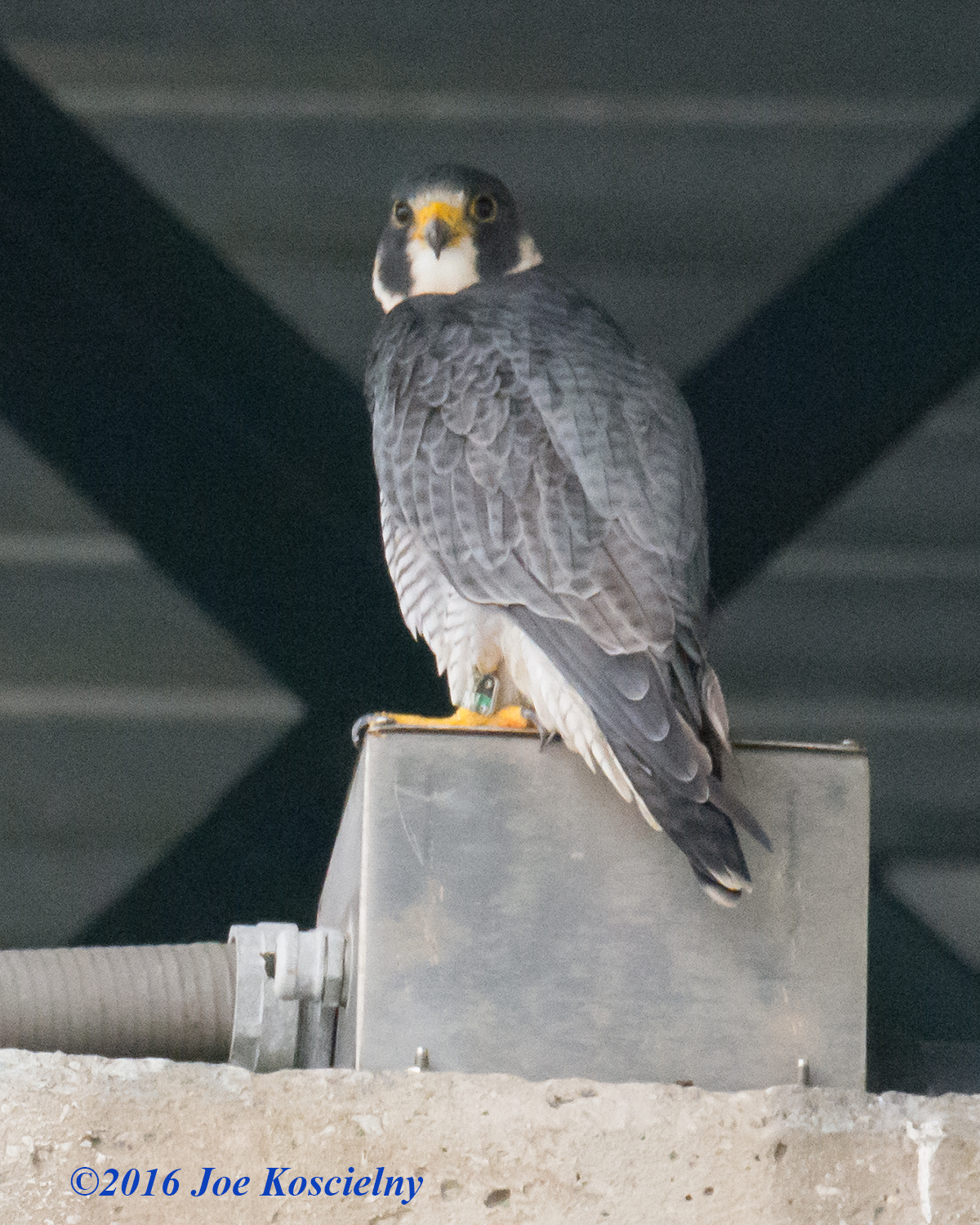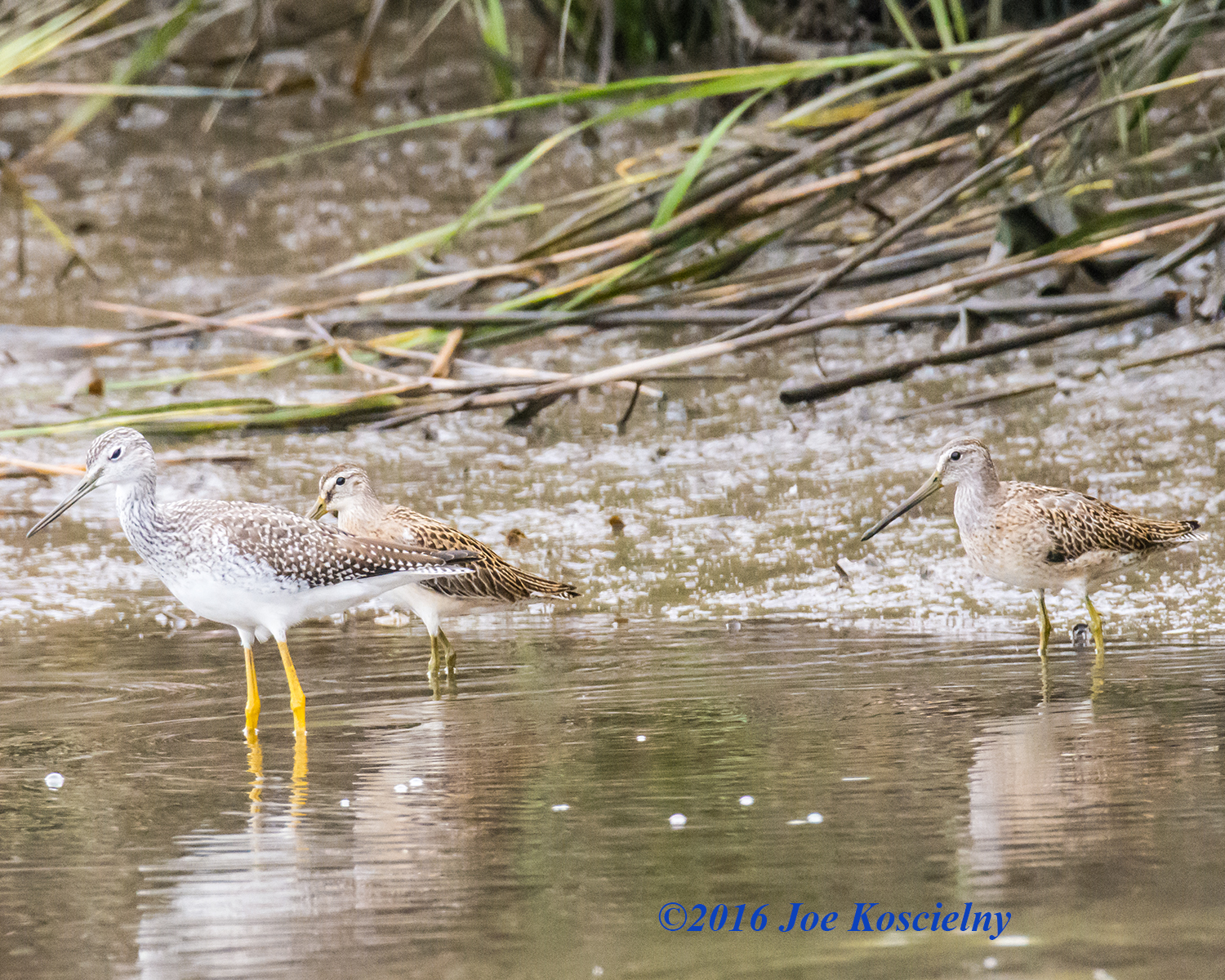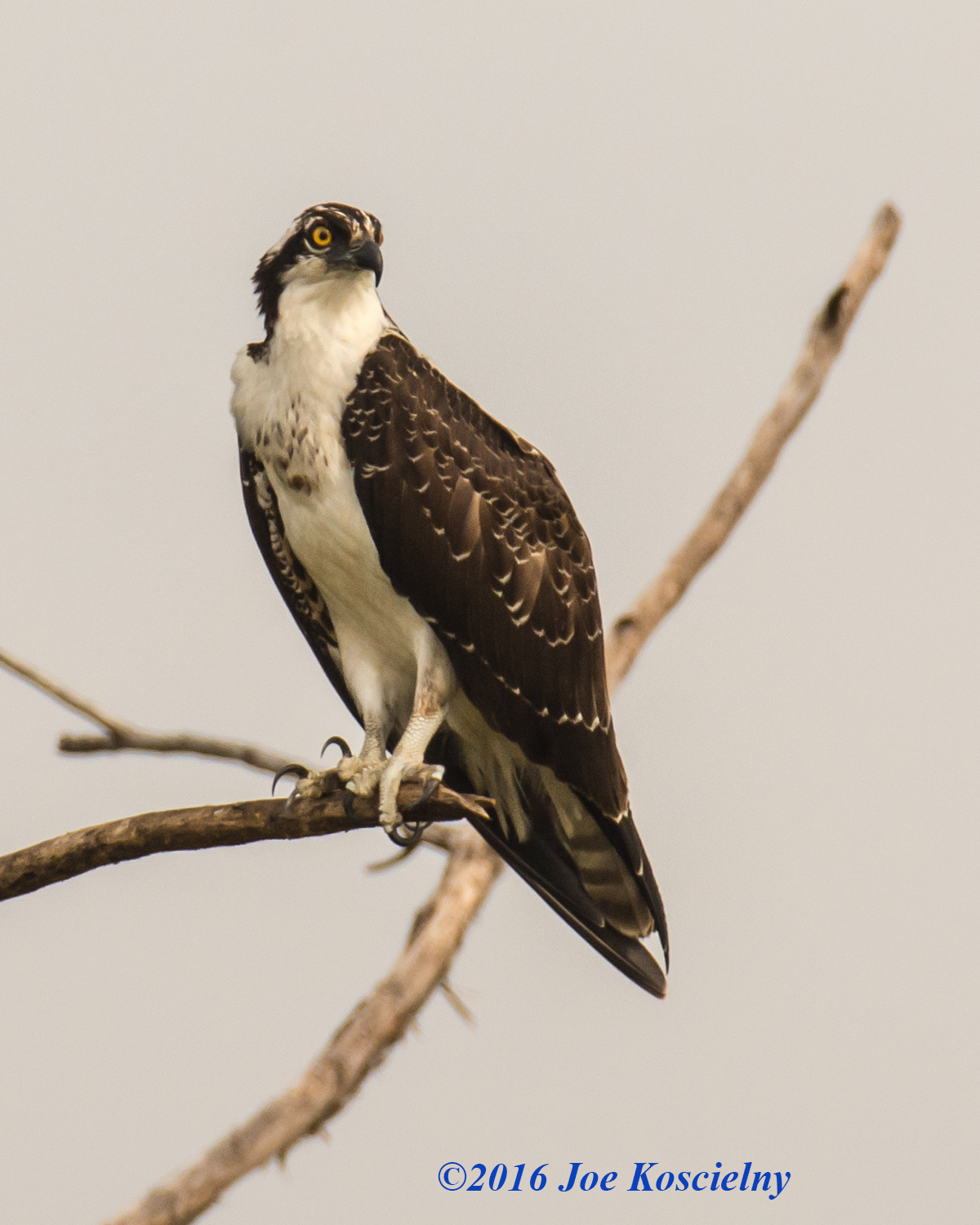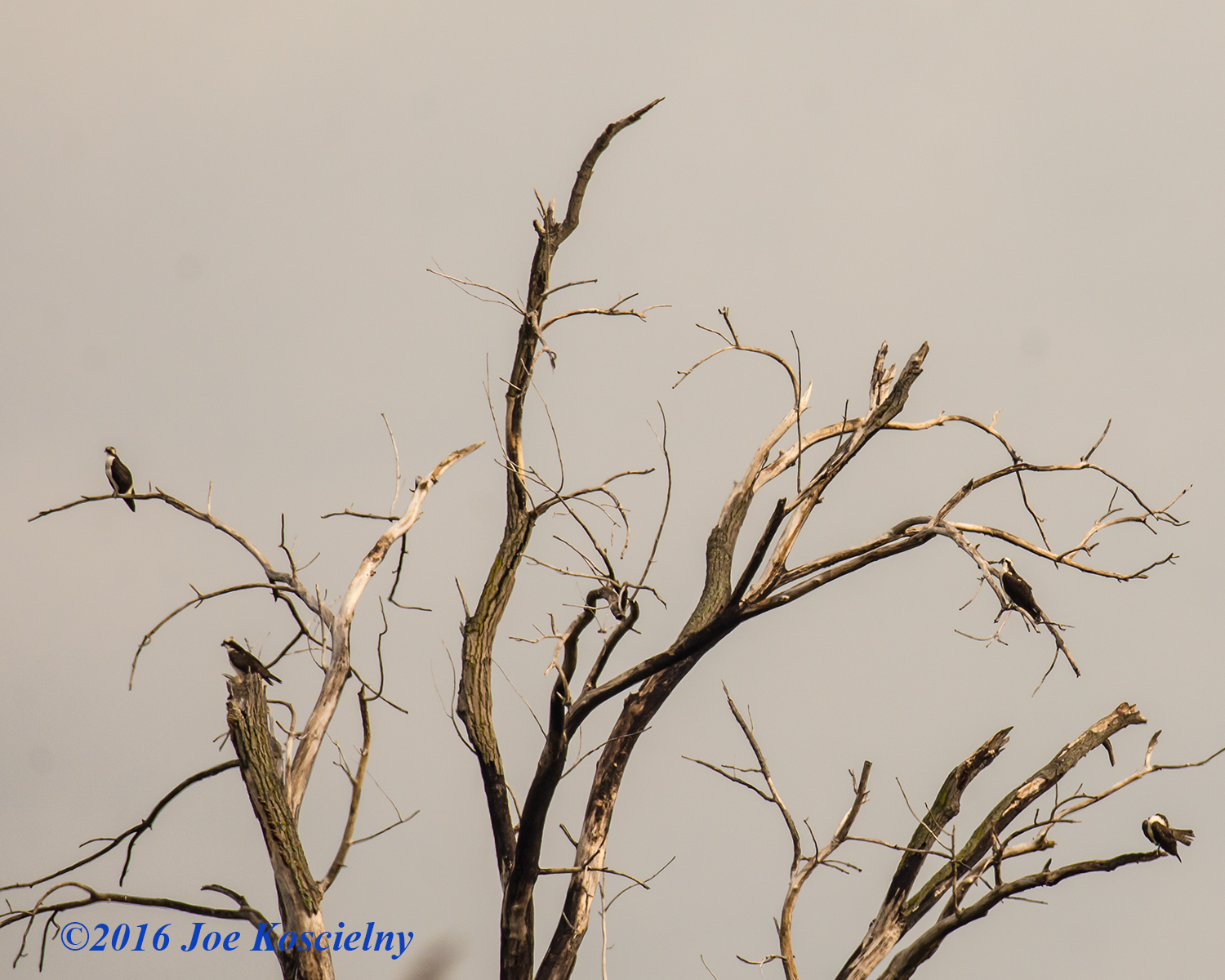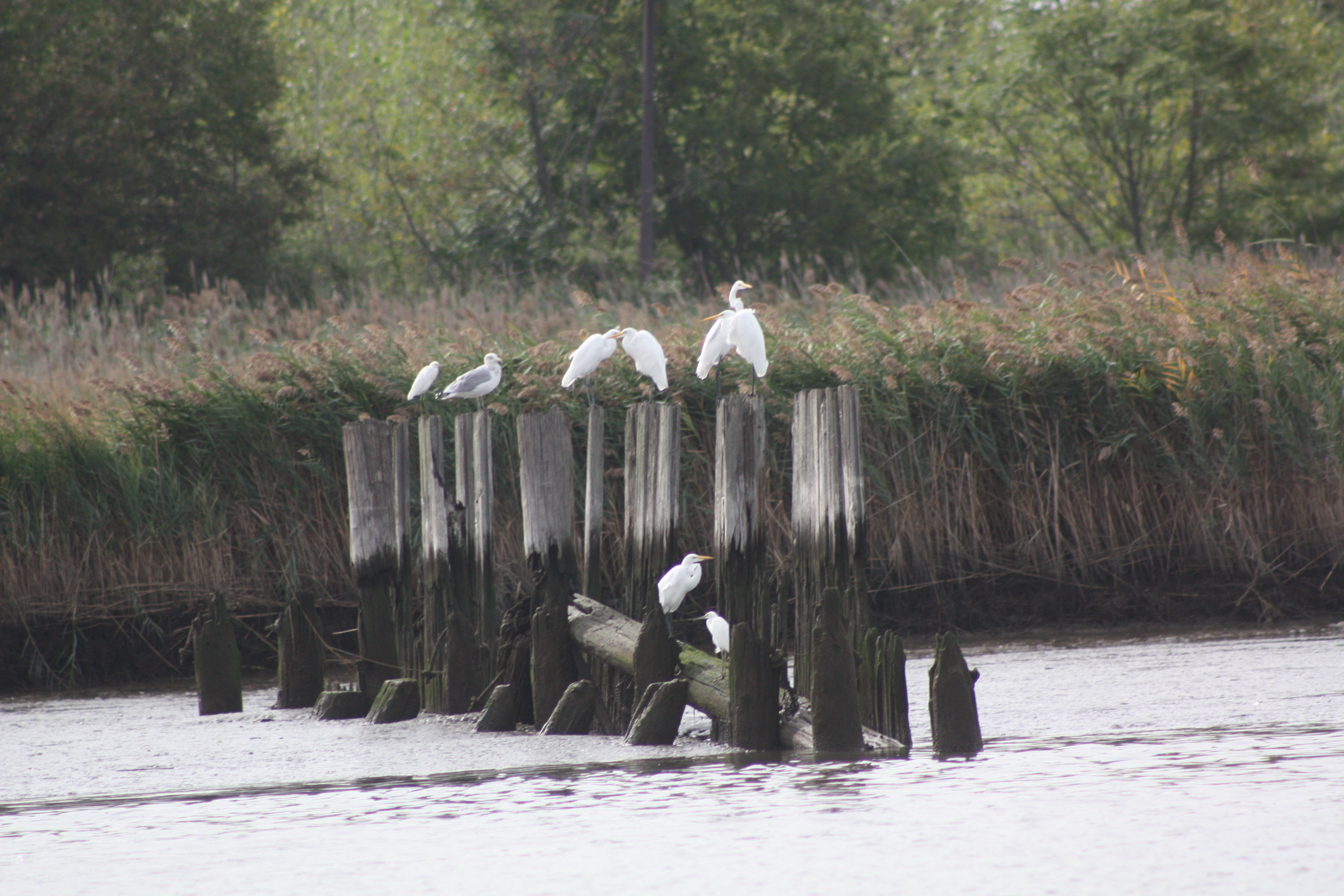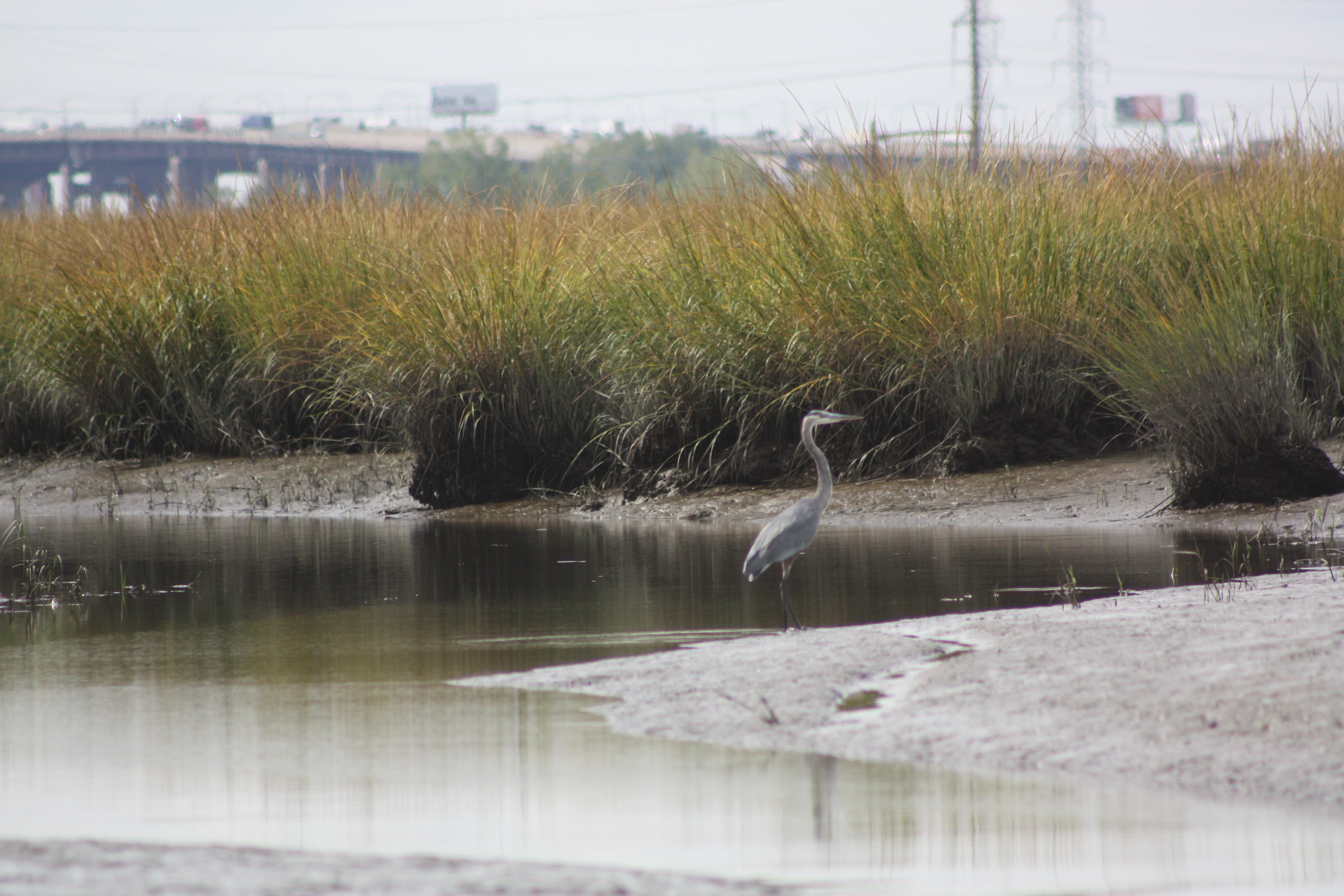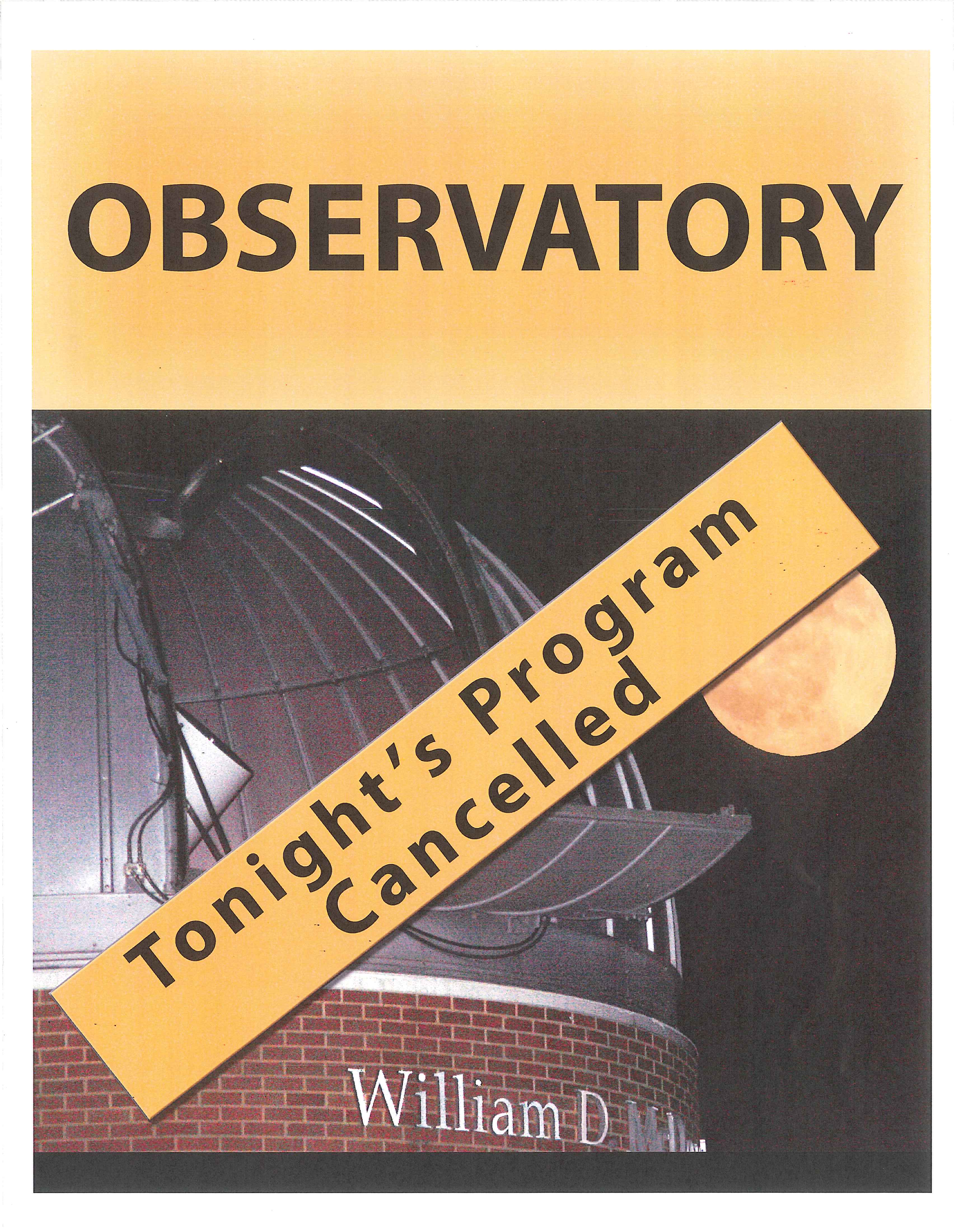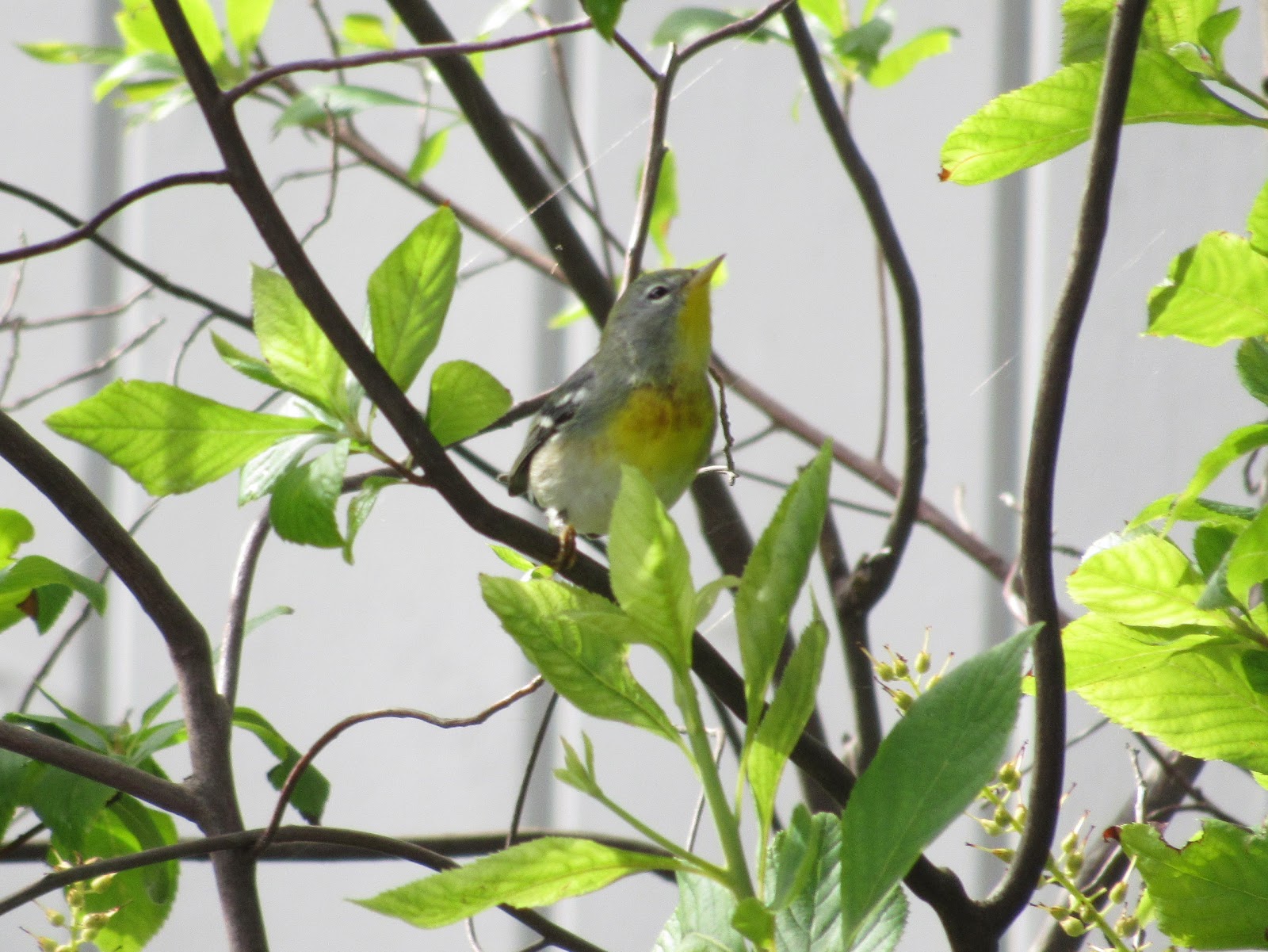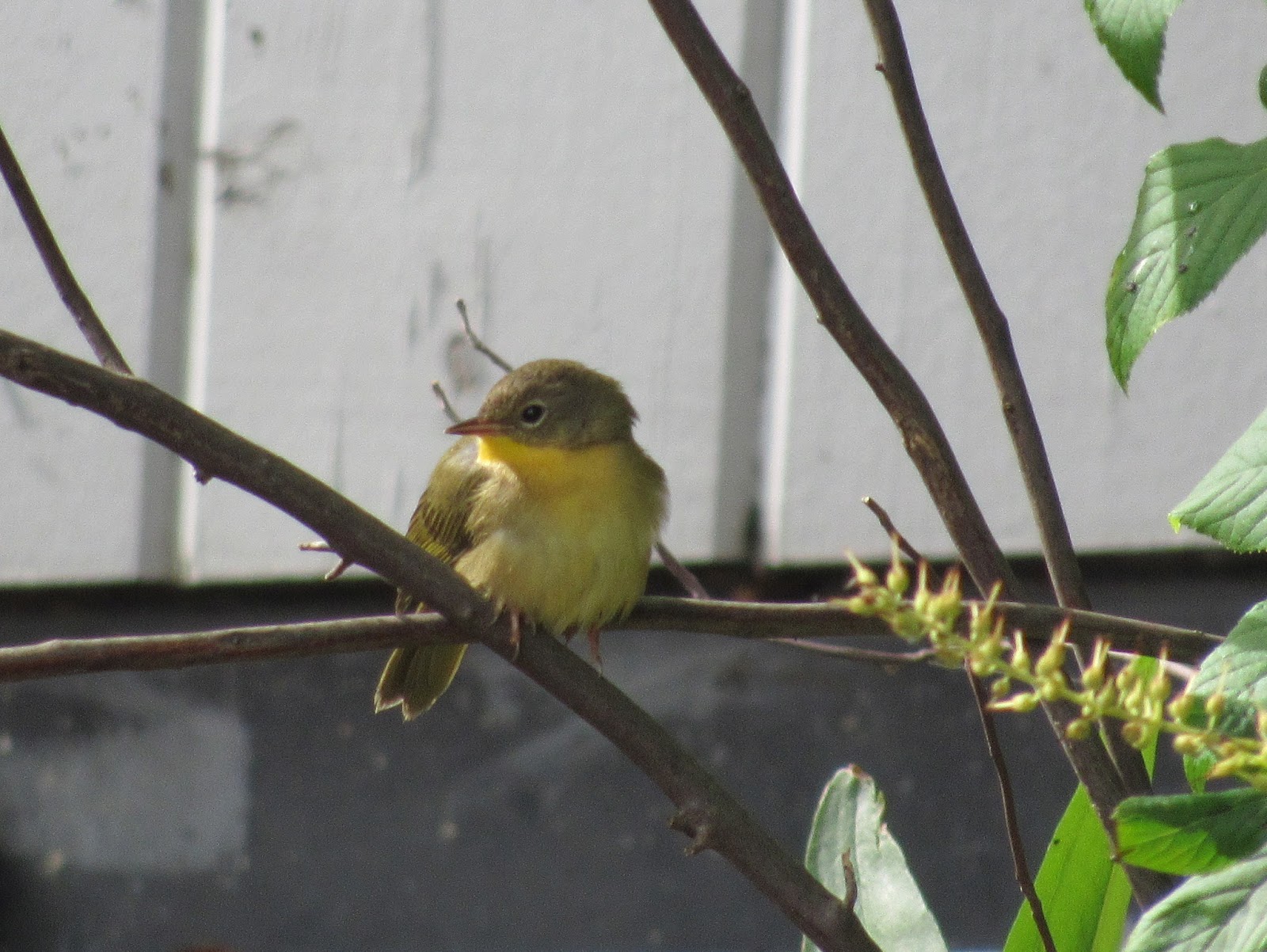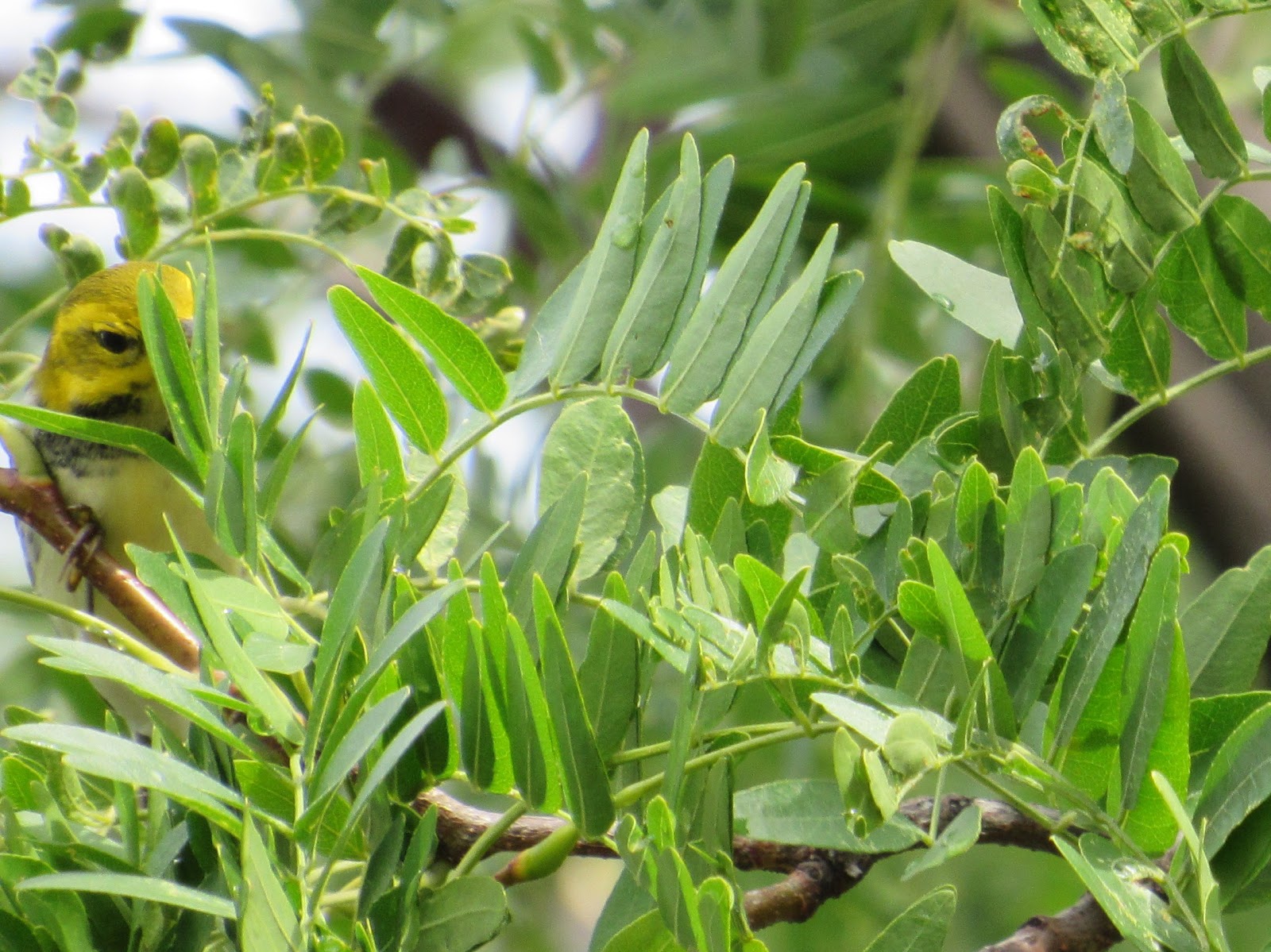And we’ve got more magnificent photos from Tuesday’s Birding by Boat trip to brighten your day!
Monthly Archives: September 2016
Reminder – Nature Walk at DeKorte This Sunday!
Beautiful Photos for a Dreary Morning
Birding By Boat Photos
Don Torino’s Life in the Meadowlands: Fall Brings New Birds to the Backyard
Autumn is a wonderful time of year in the Meadowlands, a time when the hectic days of summer slowdown in favor of the cool season’s winds and the beautiful golds, scarlets and crimsons of fall colors.
I don’t think I could live in a part of the country that didn’t have a real change of season like we have here in New Jersey. Every season brings many changes to the natural world, and none more dramatic and diverse than autumn.
Just as our lifestyle changes in the fall, it also changes in many ways not only for the birds of the Meadowlands, but also for our backyard birds.
Cancelled: Tonight’s (Sept. 28) McDowell Observatory Public Viewing
Birding By Boat Recap
We had a great Birding By Boat excursion yesterday! Guided by the BCAS and NJSEA naturalists, participants spotted 30 species, including various herons, sandpipers, gulls and raptors. A complete list is below. Photos to follow shortly.
X |
Canada Goose |
|---|---|
X |
Mallard |
X |
Double-crested Cormorant |
X |
Least Bittern |
X |
Great Blue Heron |
X |
Great Egret |
X |
Snowy Egret |
X |
Yellow-crowned Night-Heron |
X |
Osprey |
X |
Northern Harrier |
X |
Red-tailed Hawk |
X |
Least Sandpiper |
X |
Semipalmated Sandpiper |
X |
Short-billed Dowitcher |
X |
Greater Yellowlegs |
X |
Laughing Gull |
X |
Ring-billed Gull |
X |
Great Black-backed Gull |
X |
Rock Pigeon (Feral Pigeon) |
X |
Mourning Dove |
X |
Northern Flicker |
X |
American Kestrel |
X |
Peregrine Falcon |
X |
Marsh Wren |
X |
American Robin |
X |
Northern Mockingbird |
X |
European Starling |
X |
Northern Cardinal |
X |
Red-winged Blackbird |
X |
American Goldfinch |
Monitoring Monarchs
For the past five weeks Marie Longo (left) of the BCAS has been busy tagging Monarch Butterflies at several locations including DeKorte Park in Lyndhurst, the Leonia section of Overpeck Park and other locations. Marie is a seasoned tagging pro and has been monitoring Monarchs for years.
Tagging Monarchs is a citizen scientist project led by Monarch Watch at the University of Kansas and it’s important because, as Don Torino wrote in his column last week, by tracking Monarchs movements as they migrate south to Mexico, scientists can gain information to aid the unfortunately fast disappearing species.


